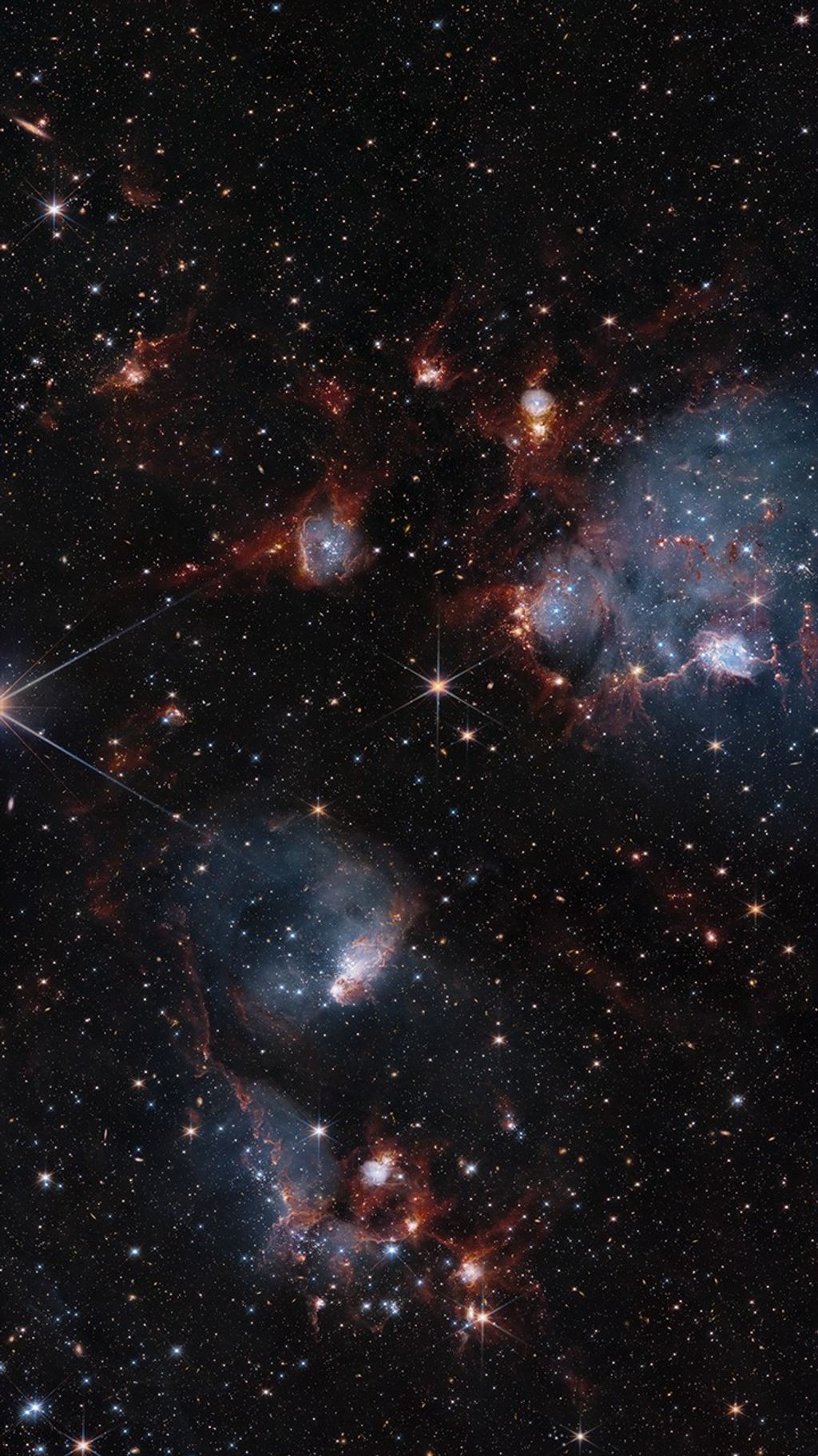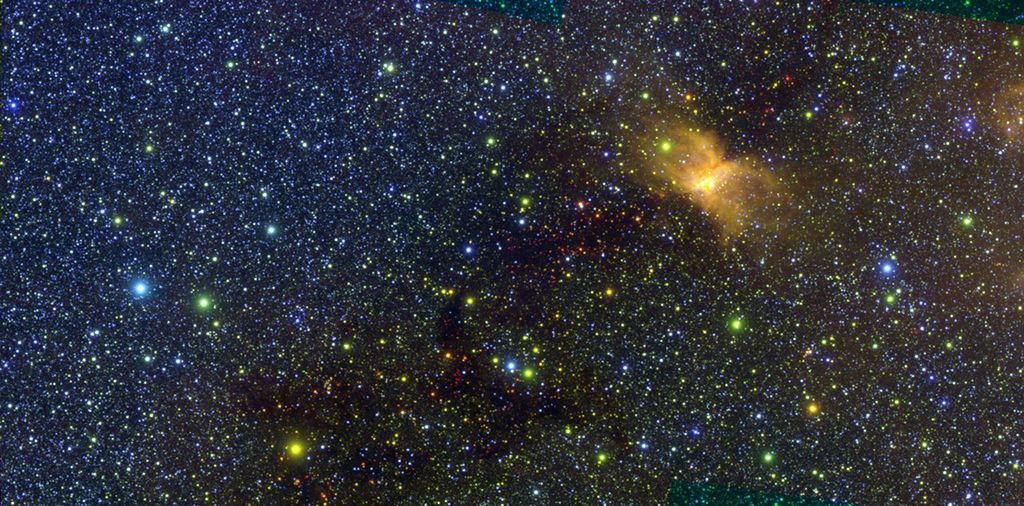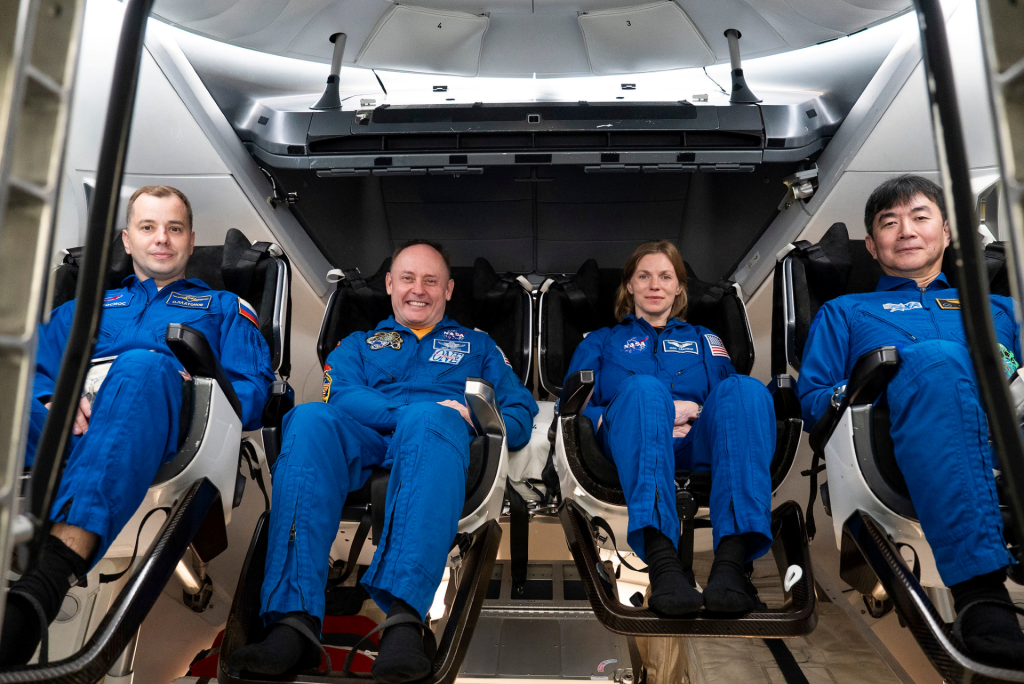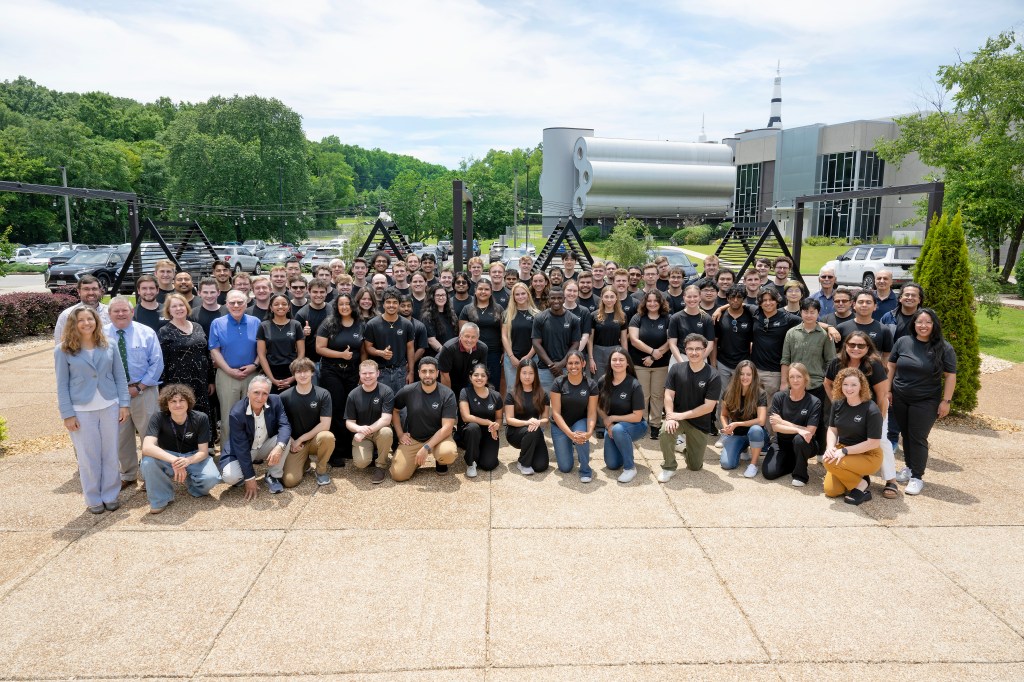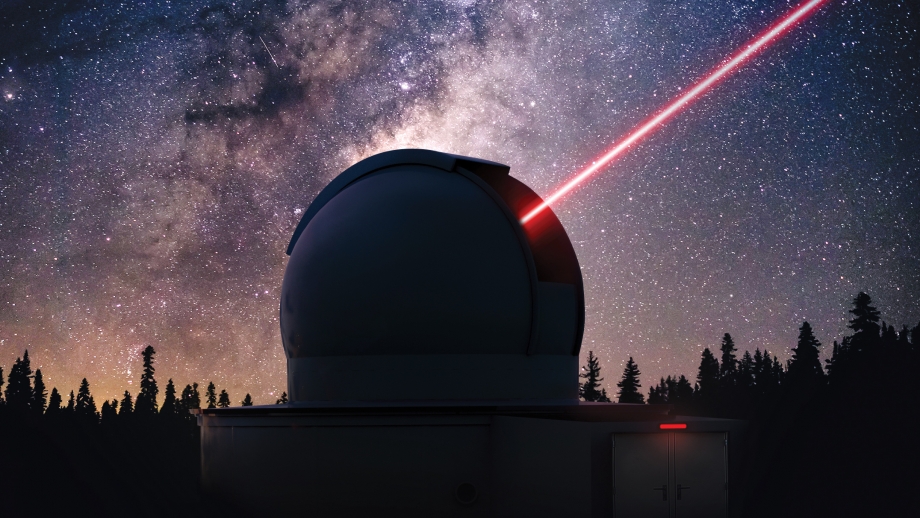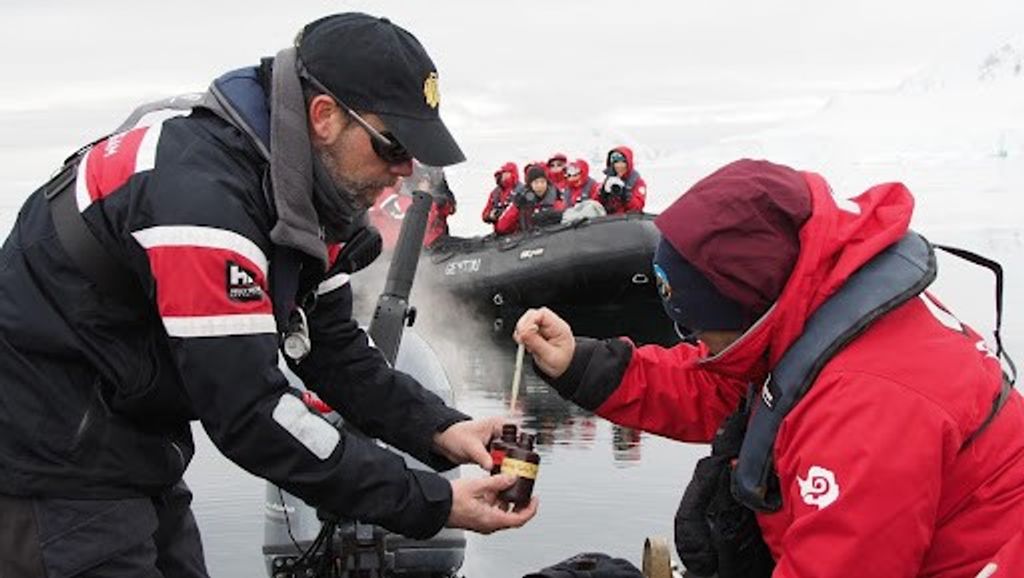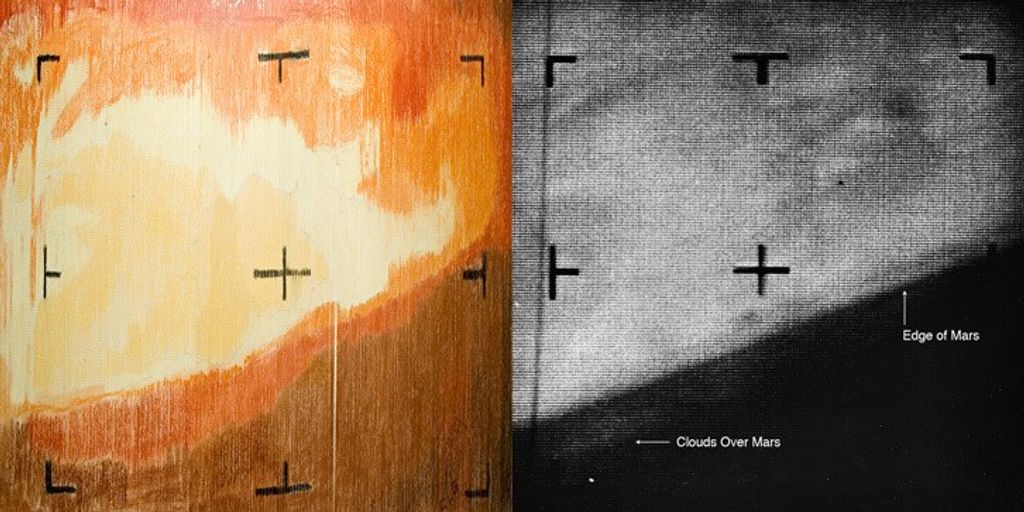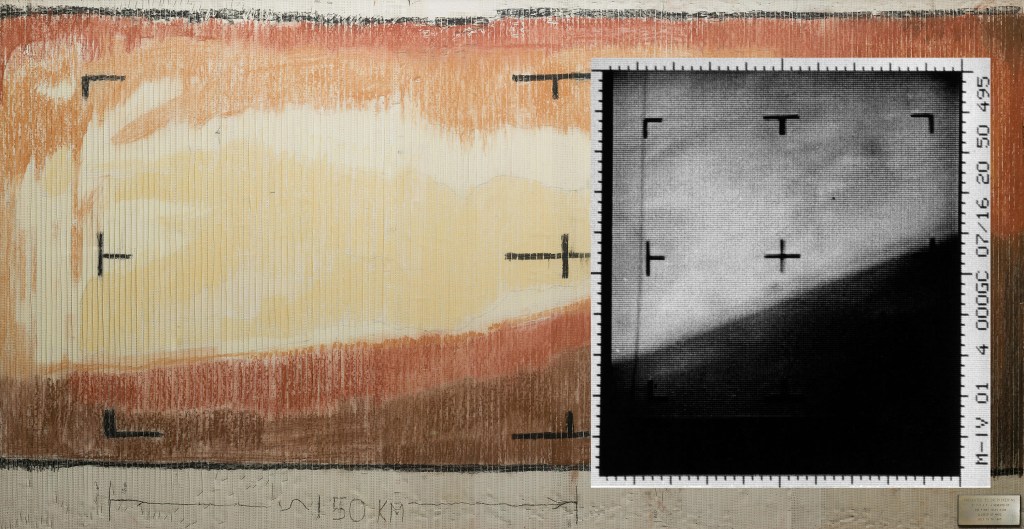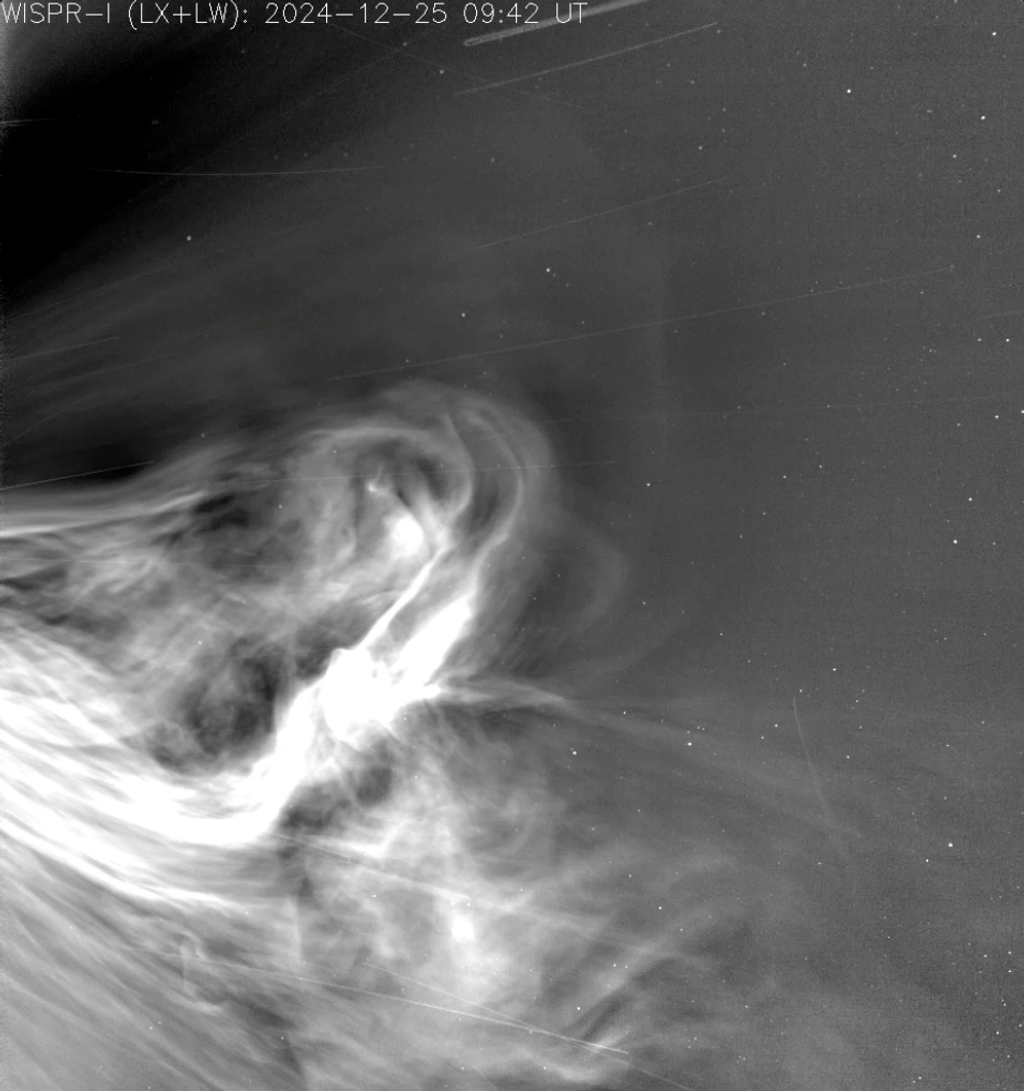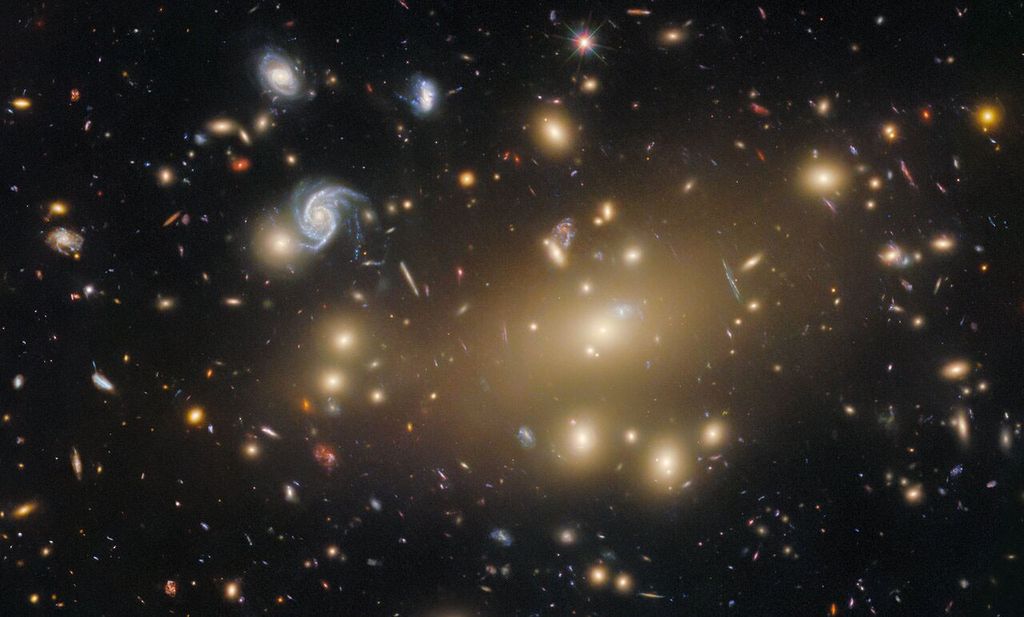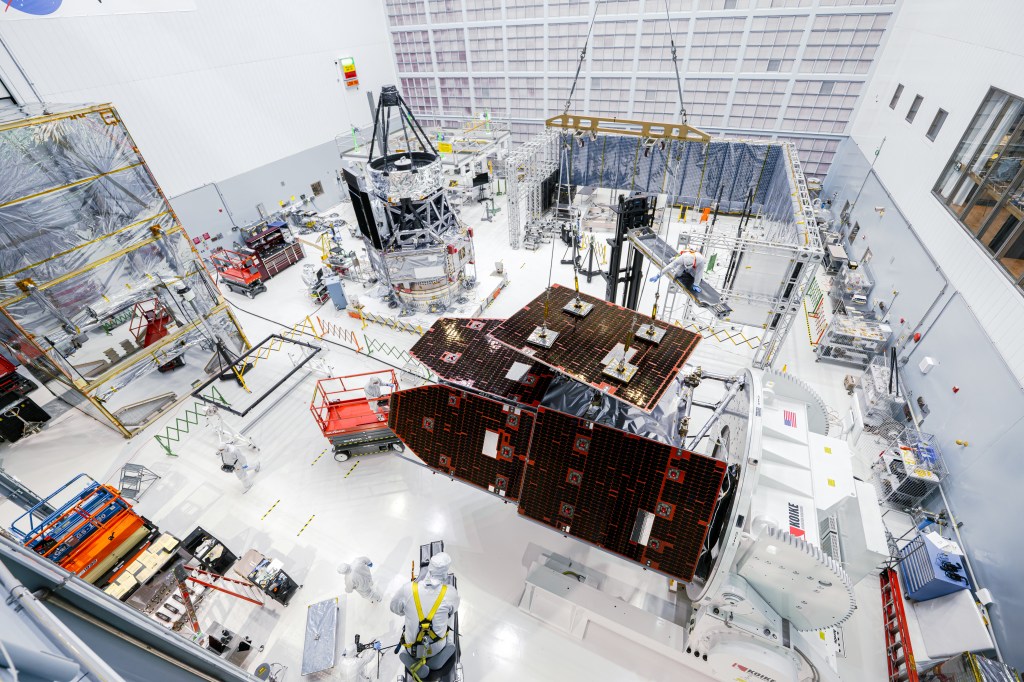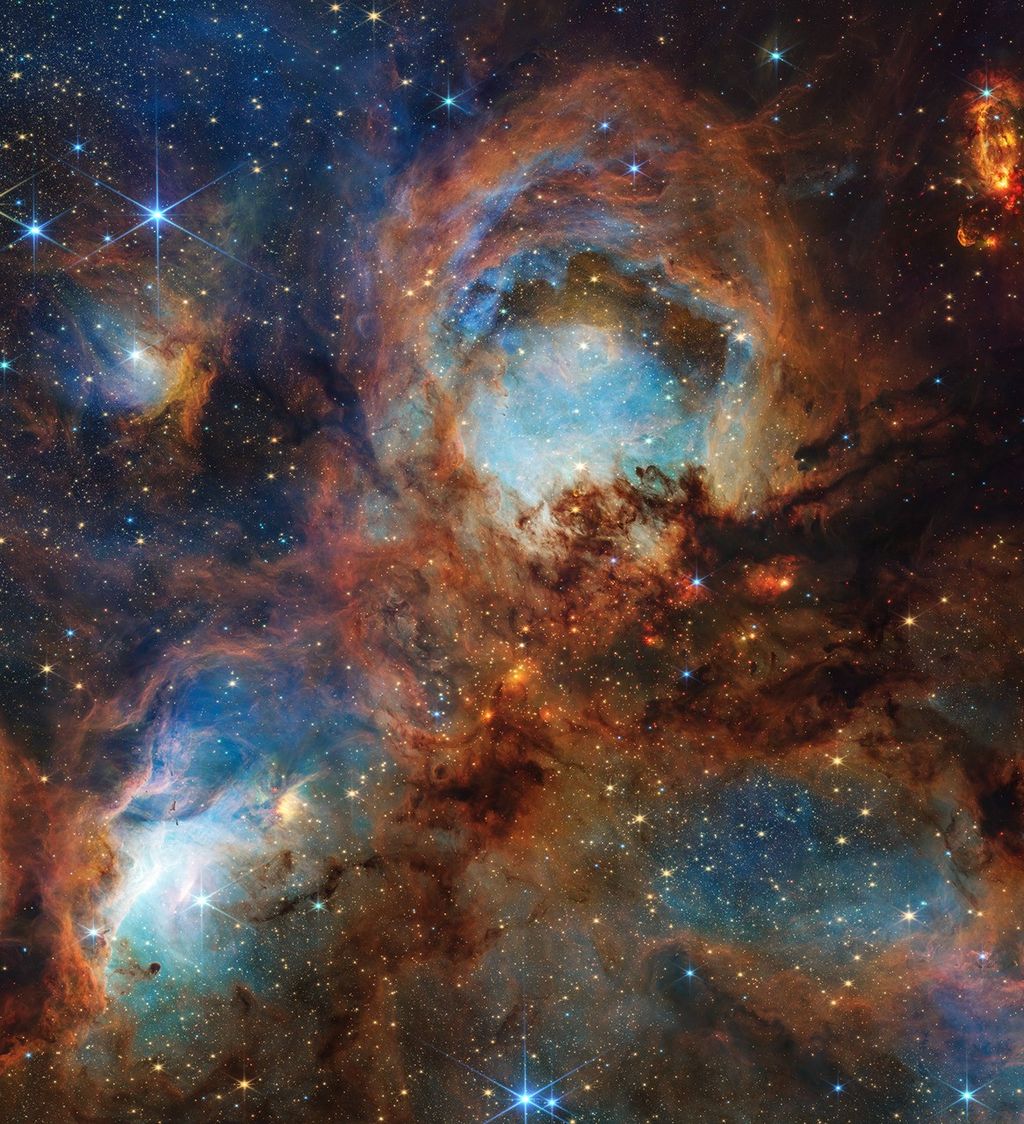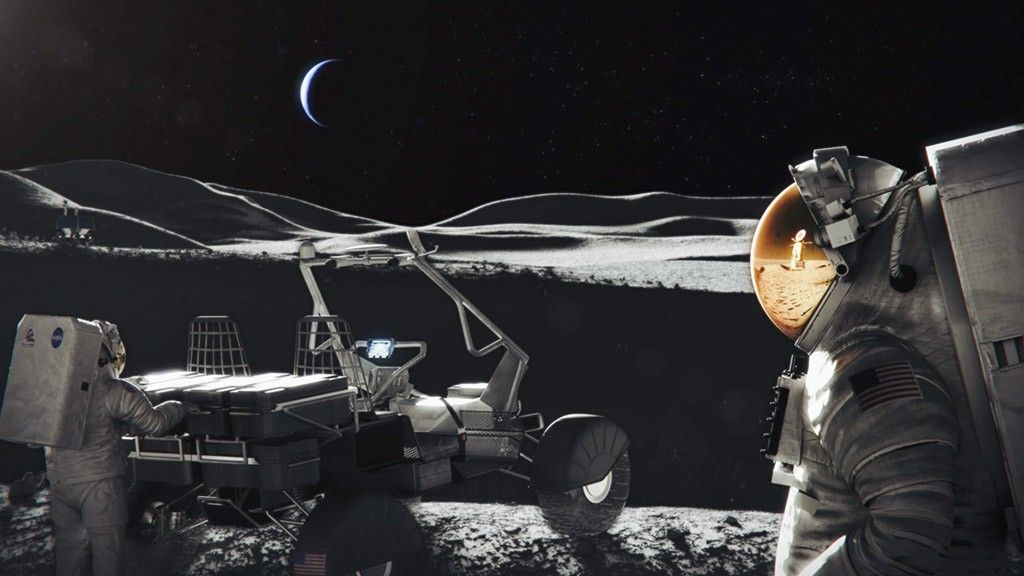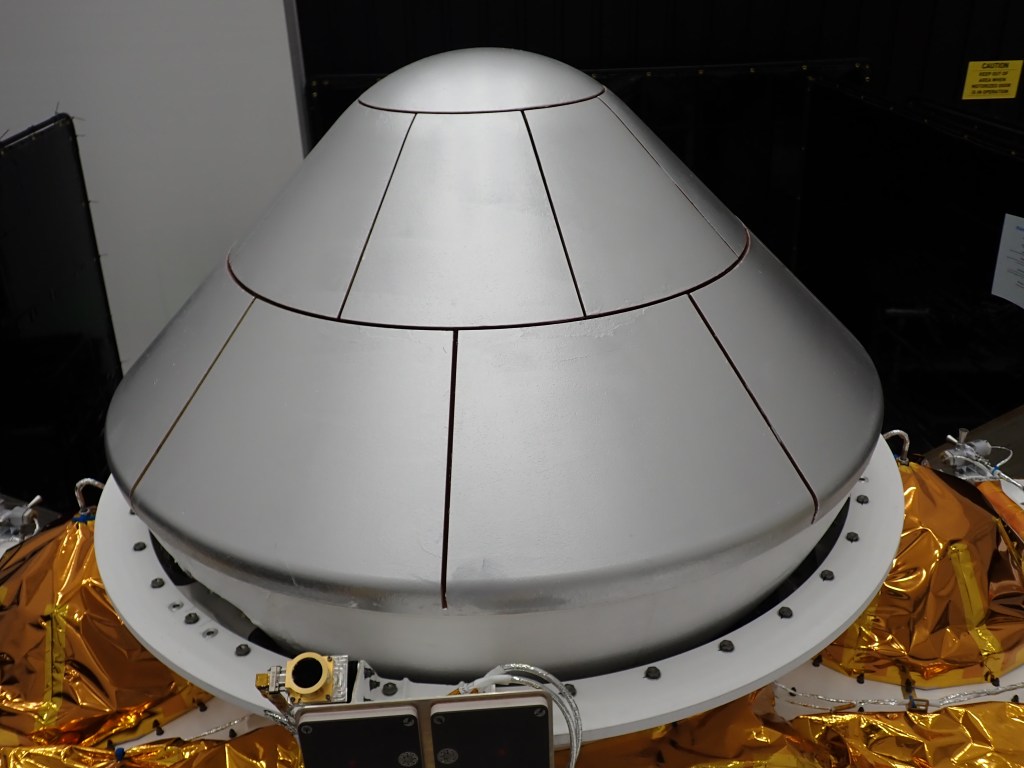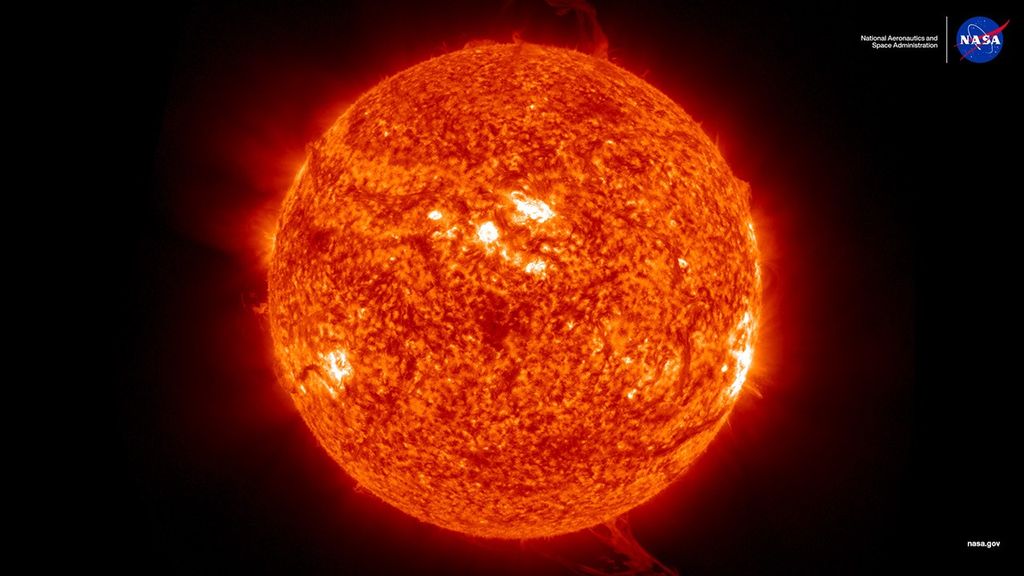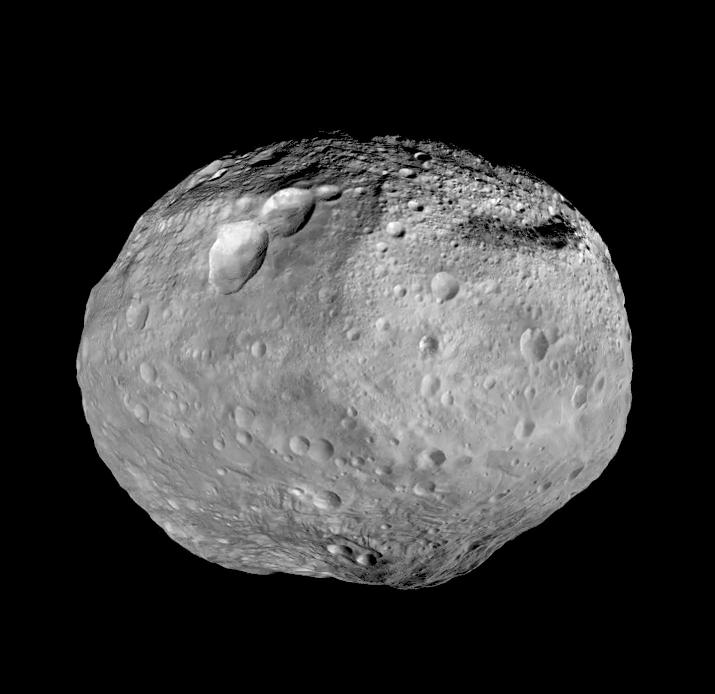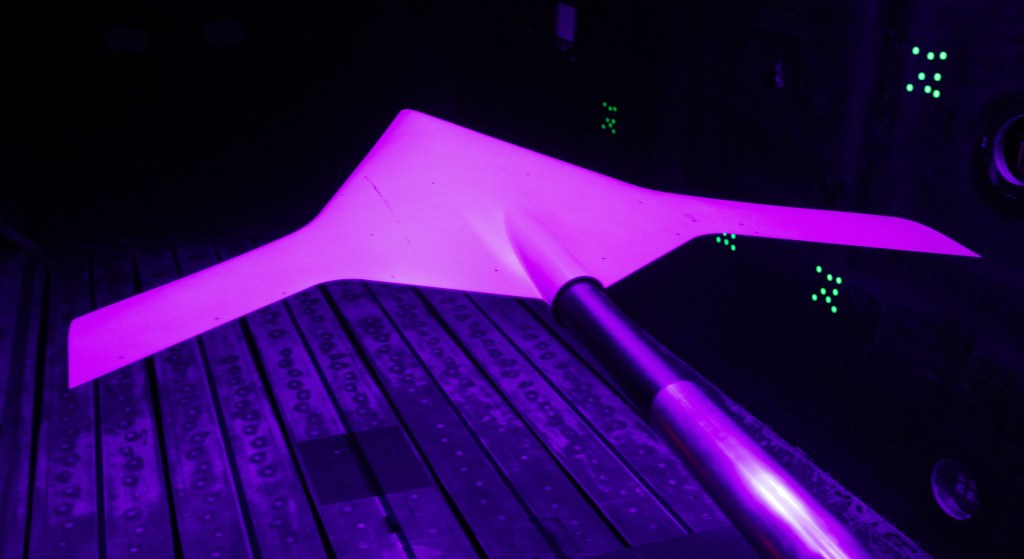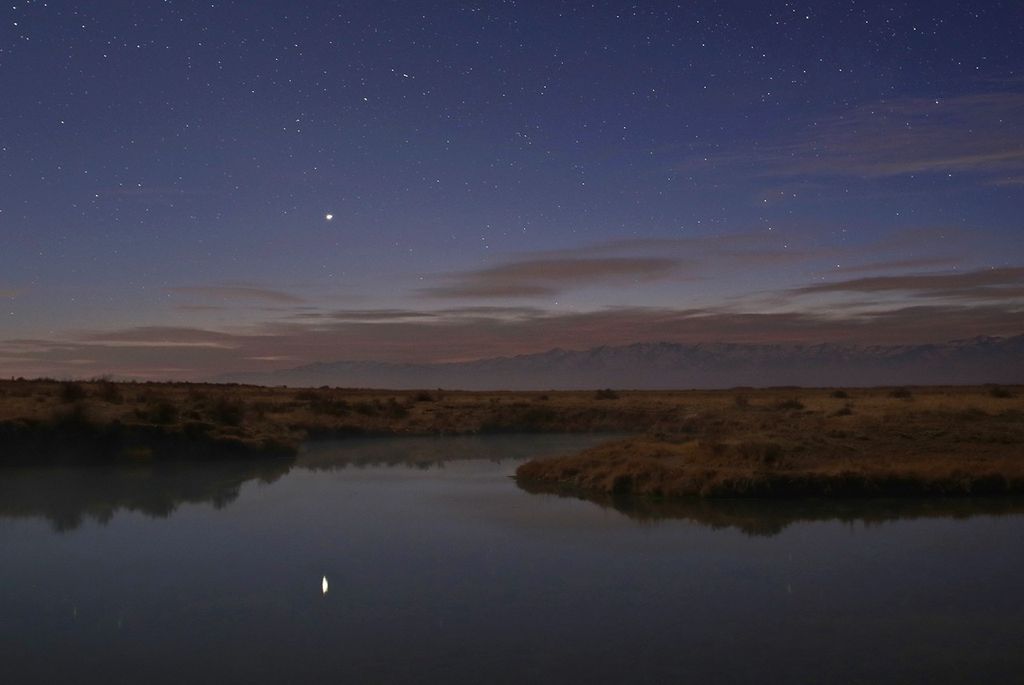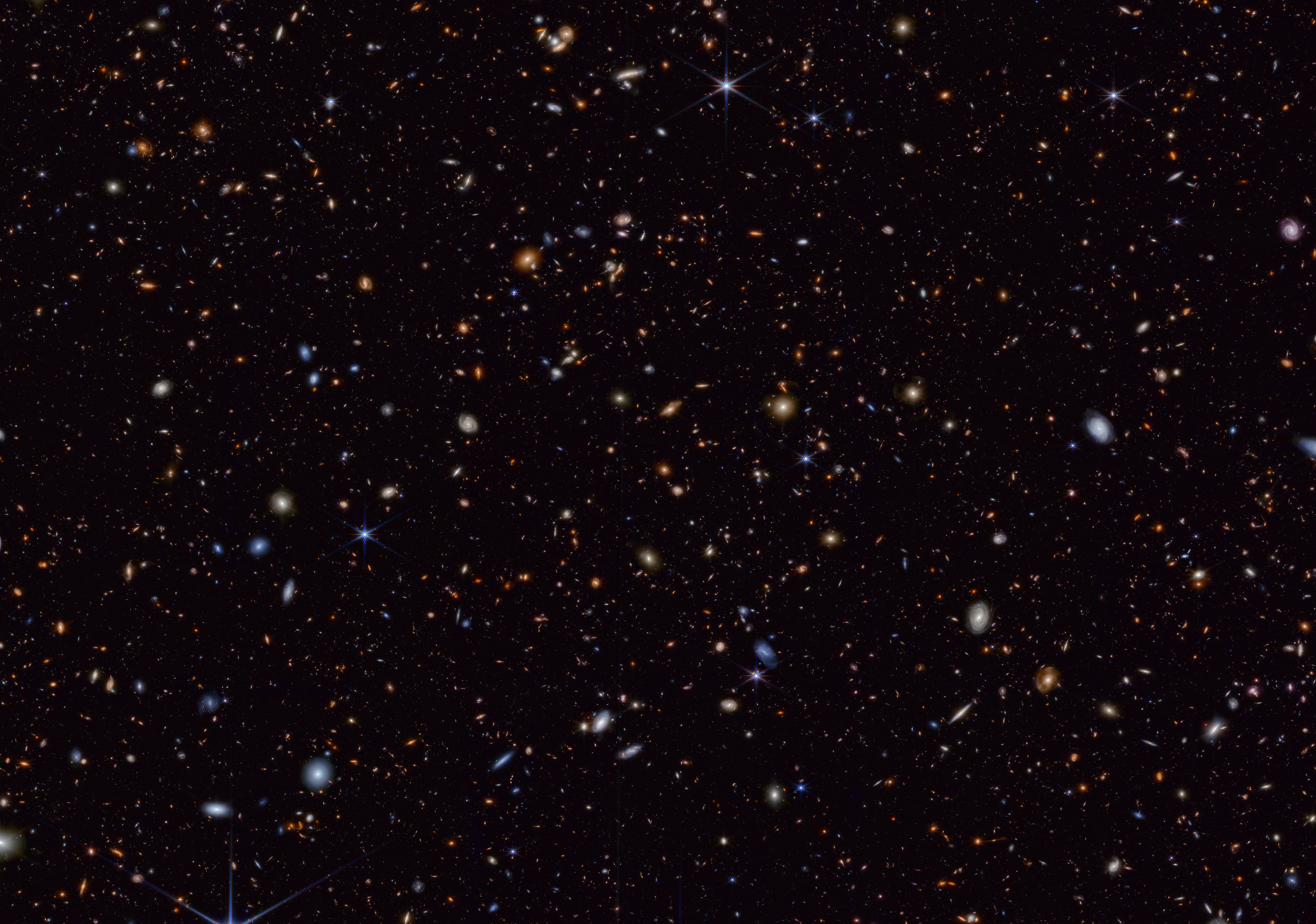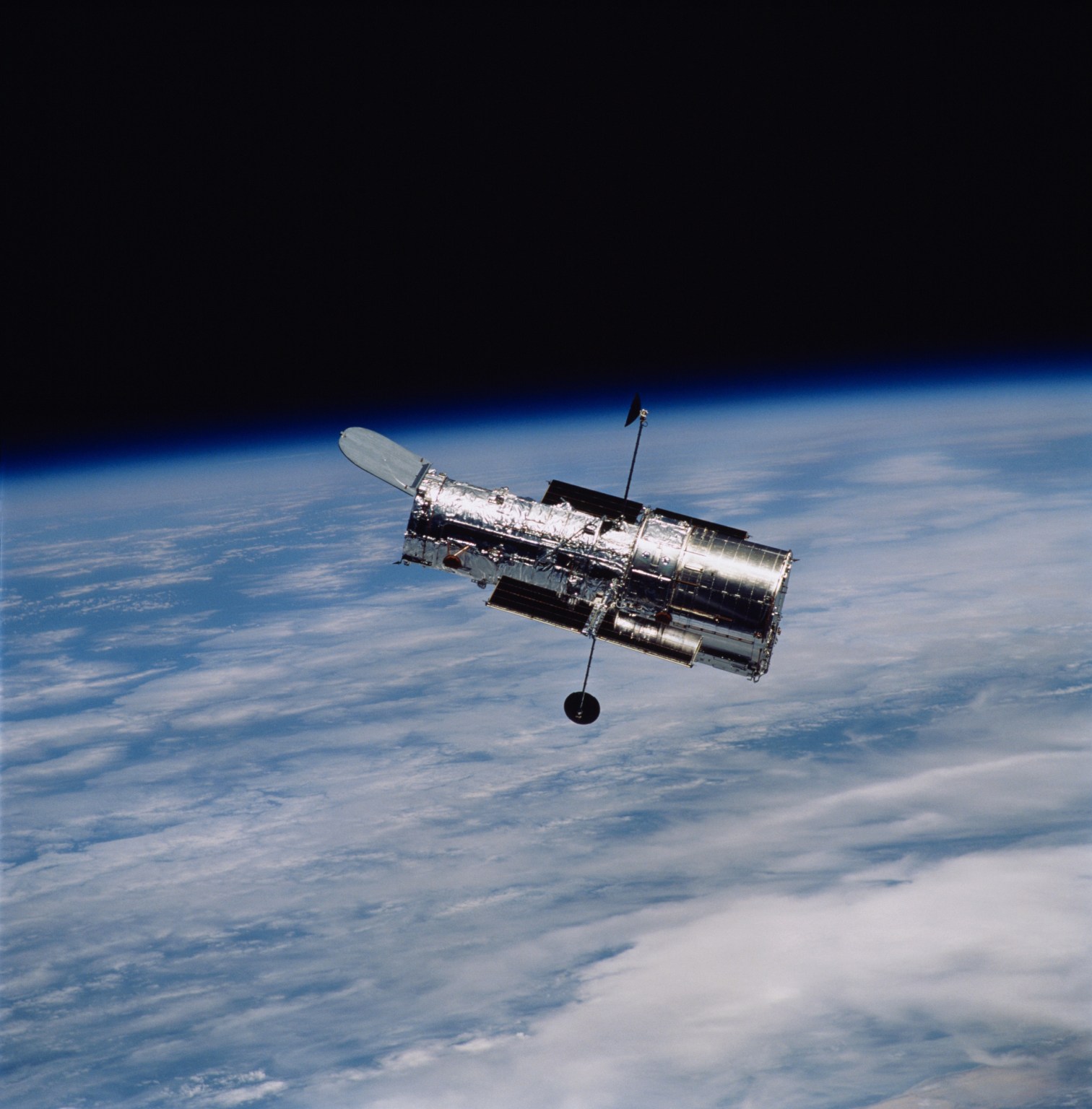1 min read
Hubble Detects Gas Filament Eclipsing Black Hole
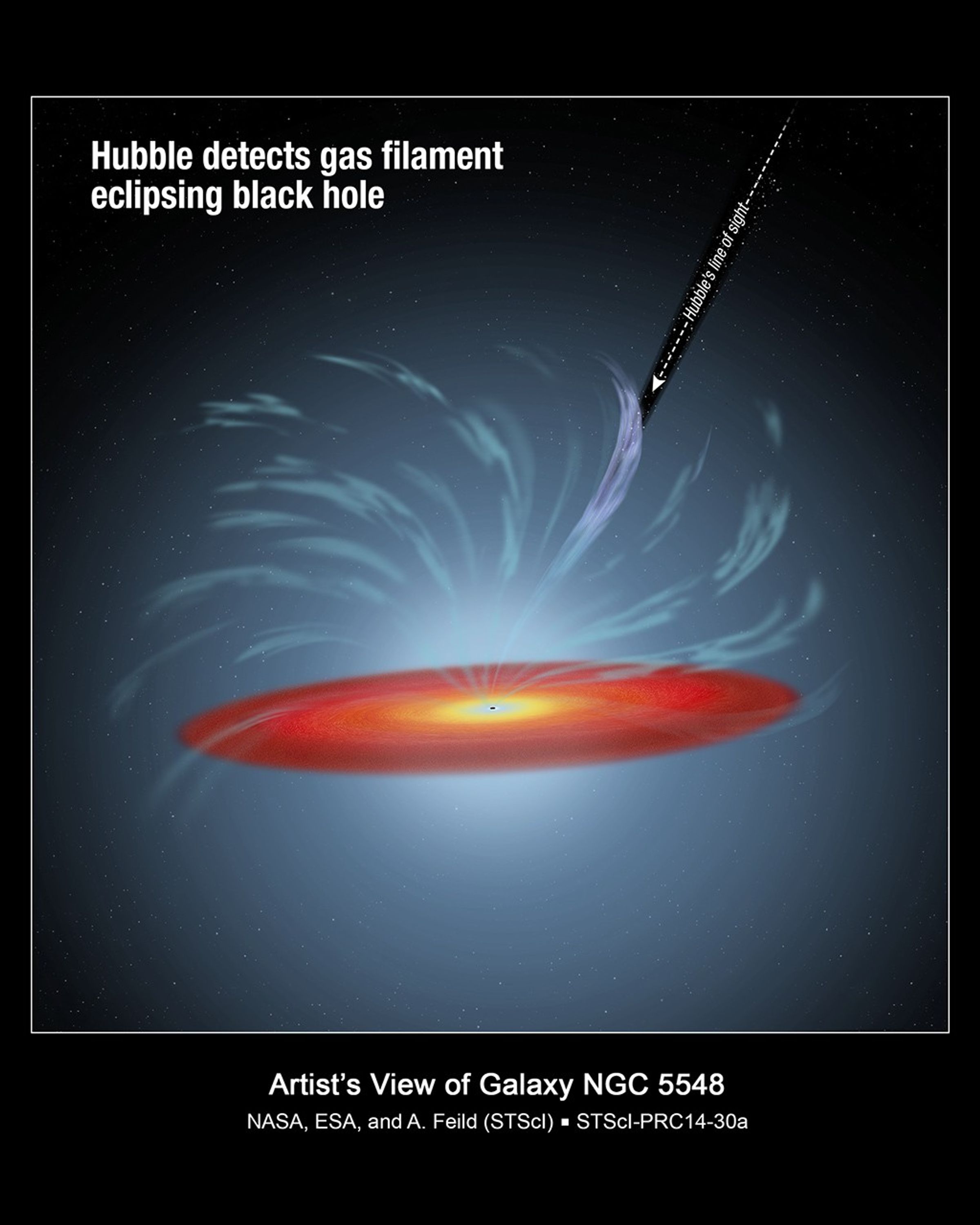
This diagram shows the position of a dark, absorbing cloud of material located high above the supermassive black hole and accretion disk in the center of the active galaxy NGC 5548. The Hubble Space Telescope didn't directly photograph the intervening cloud, but through spectroscopy noted its passage in front of the black hole. Numerous other filaments twist around the black hole as they are swept away by a torrent of radiation "winds."
About the Object
- R.A. PositionR.A. PositionRight ascension – analogous to longitude – is one component of an object's position.14h 17m 59s.53
- Dec. PositionDec. PositionDeclination – analogous to latitude – is one component of an object's position.25° 08' 12".44
- ConstellationConstellationOne of 88 recognized regions of the celestial sphere in which the object appears.Boötes
About the Data
- Data DescriptionData DescriptionProposal: A description of the observations, their scientific justification, and the links to the data available in the science archive.
Science Team: The astronomers who planned the observations and analyzed the data. "PI" refers to the Principal Investigator.The image was created from Hubble data from the following proposals: 13184, PI: J. Kaastra (SRON Utrecht, the Netherlands) and 13330, PI: B. Peterson (Ohio State University). The science team comprises: J. Kaastra (SRON Utrecht/Universiteit Utrecht/Leiden University, the Netherlands), G. Kriss (STScI/JHU, Baltimore, Maryland, USA), M. Cappi (INAF-IASF Bologna, Italy), M. Mehdipour (SRON Utrecht, the Netherlands/University College of London, Holmbury St. Mary, UK), P.-O. Petrucci (University Grenoble Alpes, CNRS, France), K. Steenbrugge (Universidad Católica del Norte, Antofagasta, Chile/University of Oxford, UK), N. Arav (Virginia Tech, Blacksburg, Virginia, USA), E. Behar (Technion-Israel Institute of Technology, Haifa, Israel), S. Bianchi (Università degli Studi Roma Tre, Italy), R. Boissay (University of Geneva, Switzerland), G. Branduardi-Raymont (MSSL/University College of London, Holmbury St. Mary, UK), C. Chamberlain (Virginia Tech, Blacksburg, Virginia, USA), E. Costantini (SRON Utrecht, the Netherlands), J. Ely (STScI, Baltimore, Maryland, USA), J. Ebrero (SRON Utrecht, the Netherlands/ESAC, Spain), L. Di Gesu (SRON Utrecht, the Netherlands), F. Harrison (California Institute of Technology, Pasadena, California, USA), S. Kaspi (Technion-Israel Institute of Technology, Haifa, Israel), J. Malzac (Université de Toulouse/CNRAS, France), B. De Marco (Max-Planck-Institut für extraterrestrische Physik, Garching, Germany), G. Matt (Università degli Studi Roma Tre, Italy), P. Nandra (Max-Planck-Institut für extraterrestrische Physik, Garching, Germany), S. Paltani (University of Geneva, Switzerland), R. Person (St. Jorioz, France), B. Peterson (Ohio State University, Columbus, USA), C. Pinto (University of Cambridge, UK), G. Ponti (Max-Planck-Institut für extraterrestrische Physik, Garching, Germany), F. Pozo Nuñez (Ruhr-Universität Bochum, Germany), A. De Rosa (INAF/IAPS, Roma, Italy), H. Seta (Rikkyo University, Tokyo, Japan), F. Ursini (University of Grenoble, CNRS, France), C. de Vries (SRON Utrecht, the Netherlands), D. Walton (California Institute of Technology, Pasadena, California, USA), and M. Whewell (MSSL/University College of London, Holmbury St. Mary, UK). - InstrumentInstrumentThe science instrument used to produce the data.HST>COS
- FiltersFiltersThe camera filters that were used in the science observations.Gratings: G130M and G160M
- Object DescriptionObject DescriptionThe type of astronomical object.Seyfert Galaxy with Black Hole
- Release DateJune 19, 2014
- Science ReleaseSwiftly Moving Gas Streamer Eclipses Supermassive Black Hole
- Credit
Share
Details
Last Updated
Mar 28, 2025
Contact
Media
Claire Andreoli
NASA’s Goddard Space Flight Center
Greenbelt, Maryland
claire.andreoli@nasa.gov

